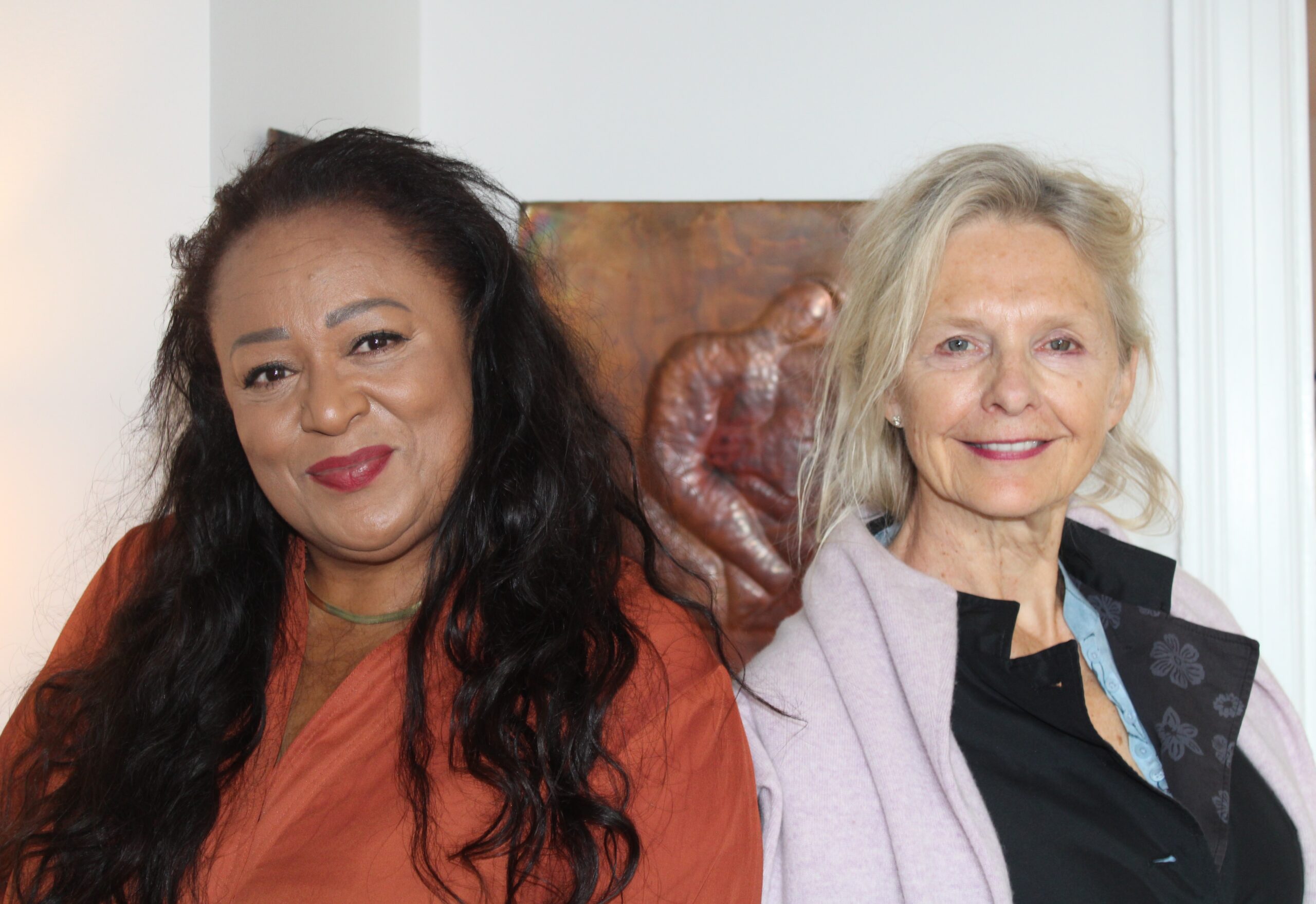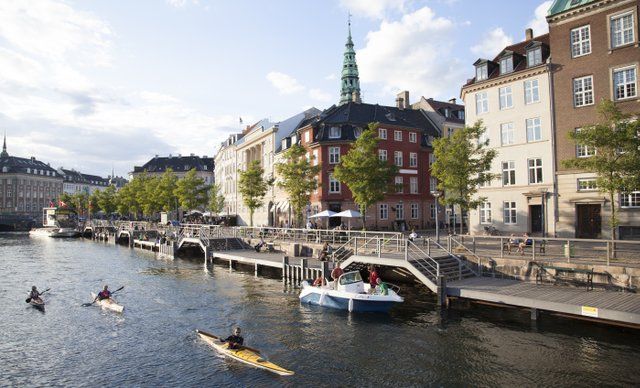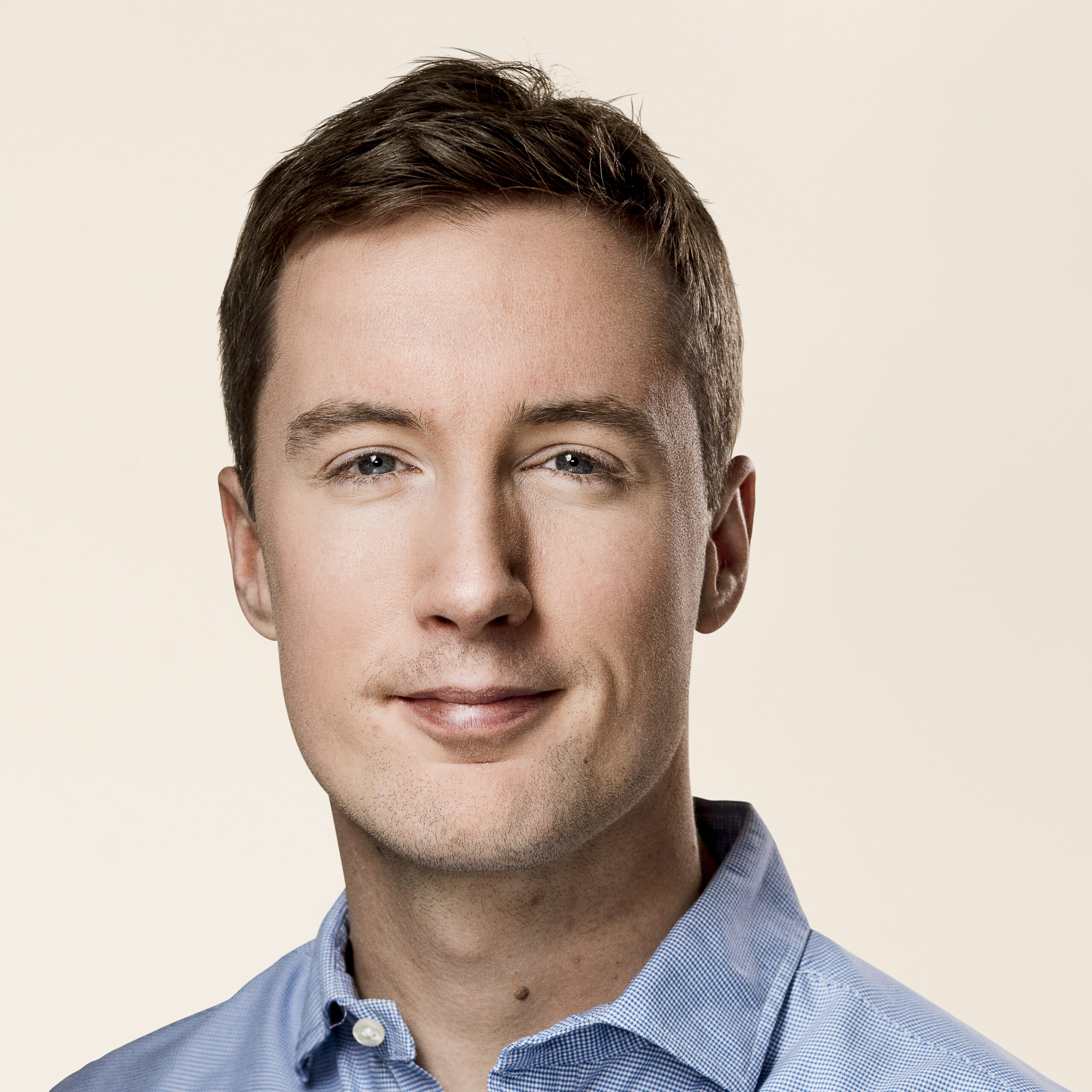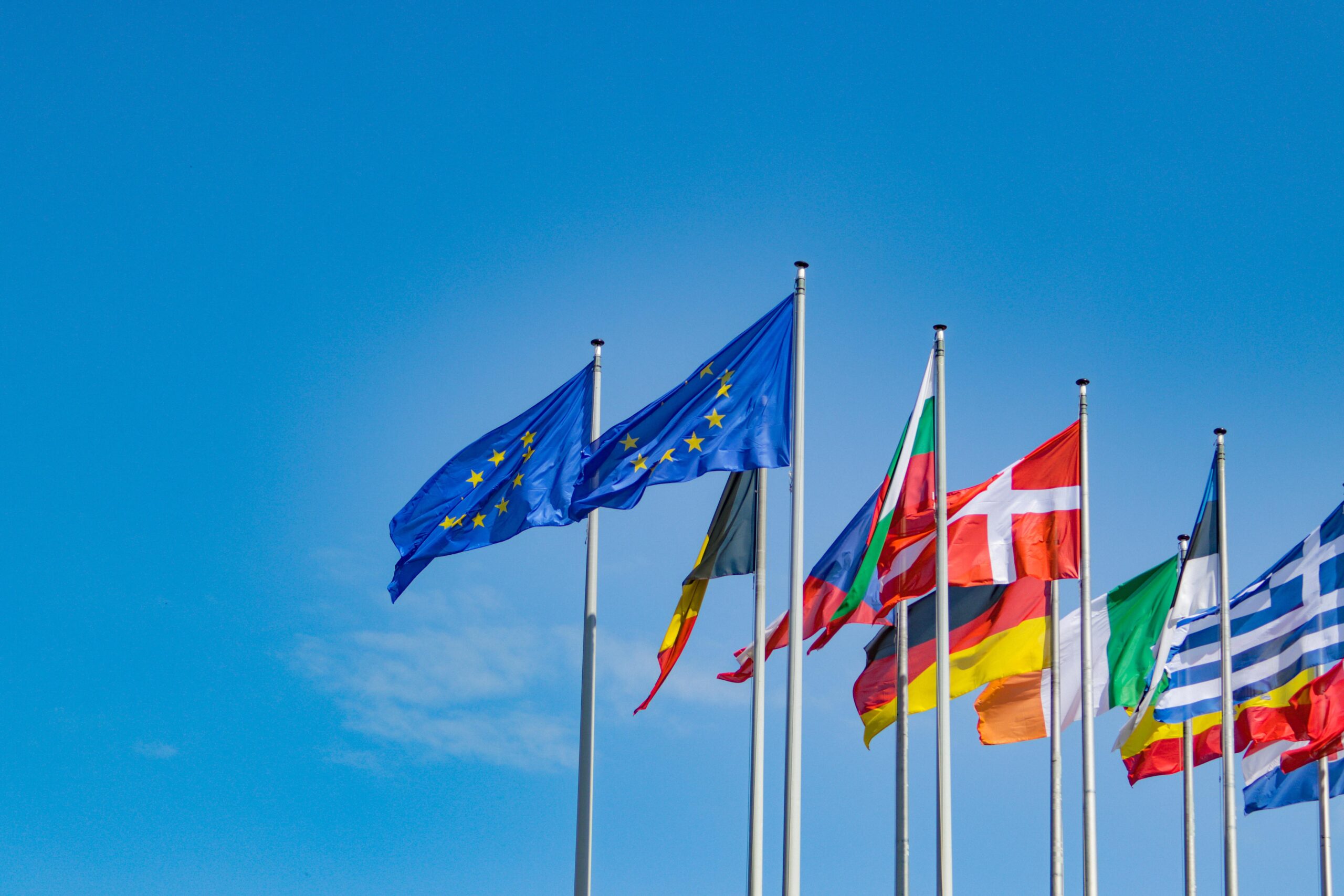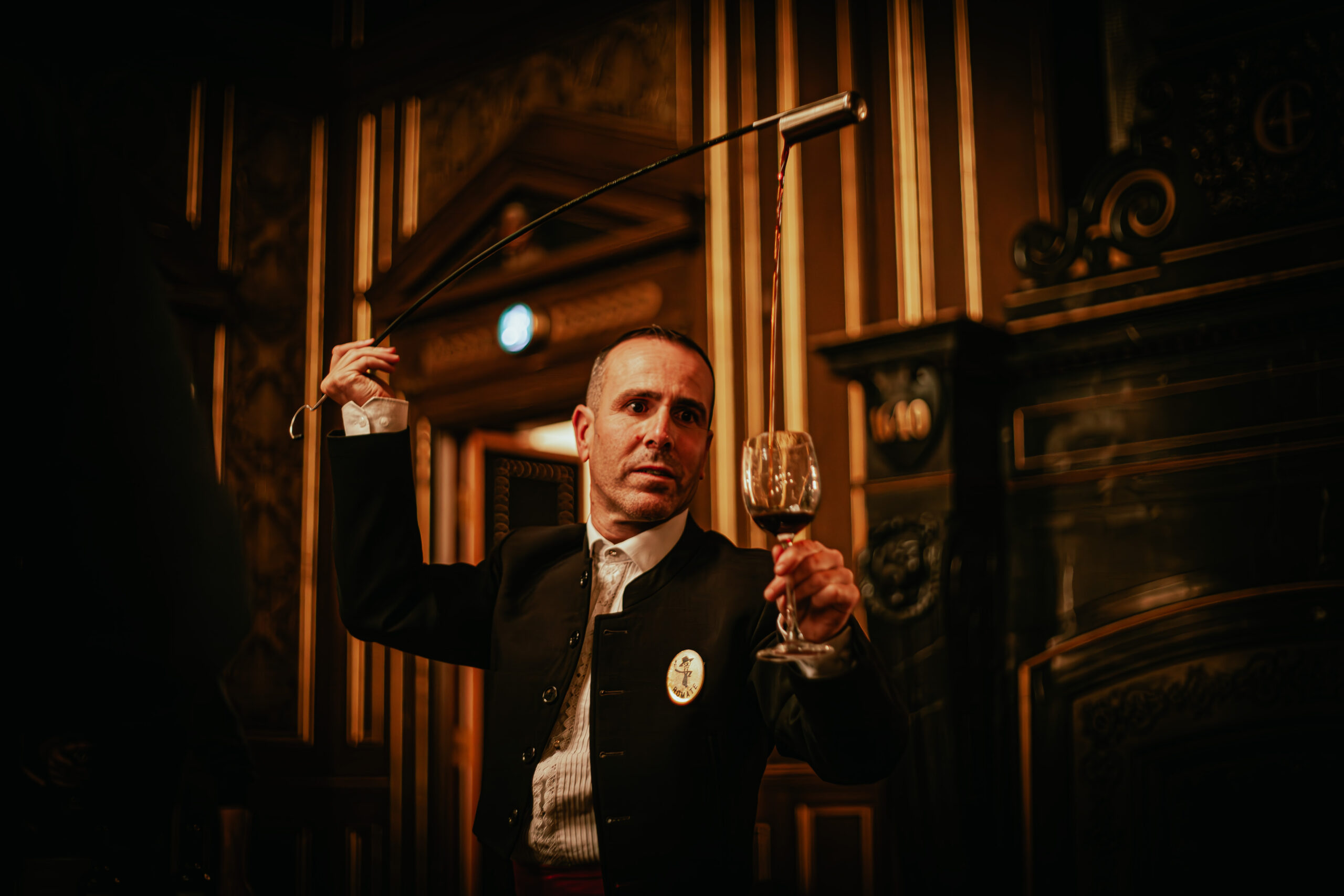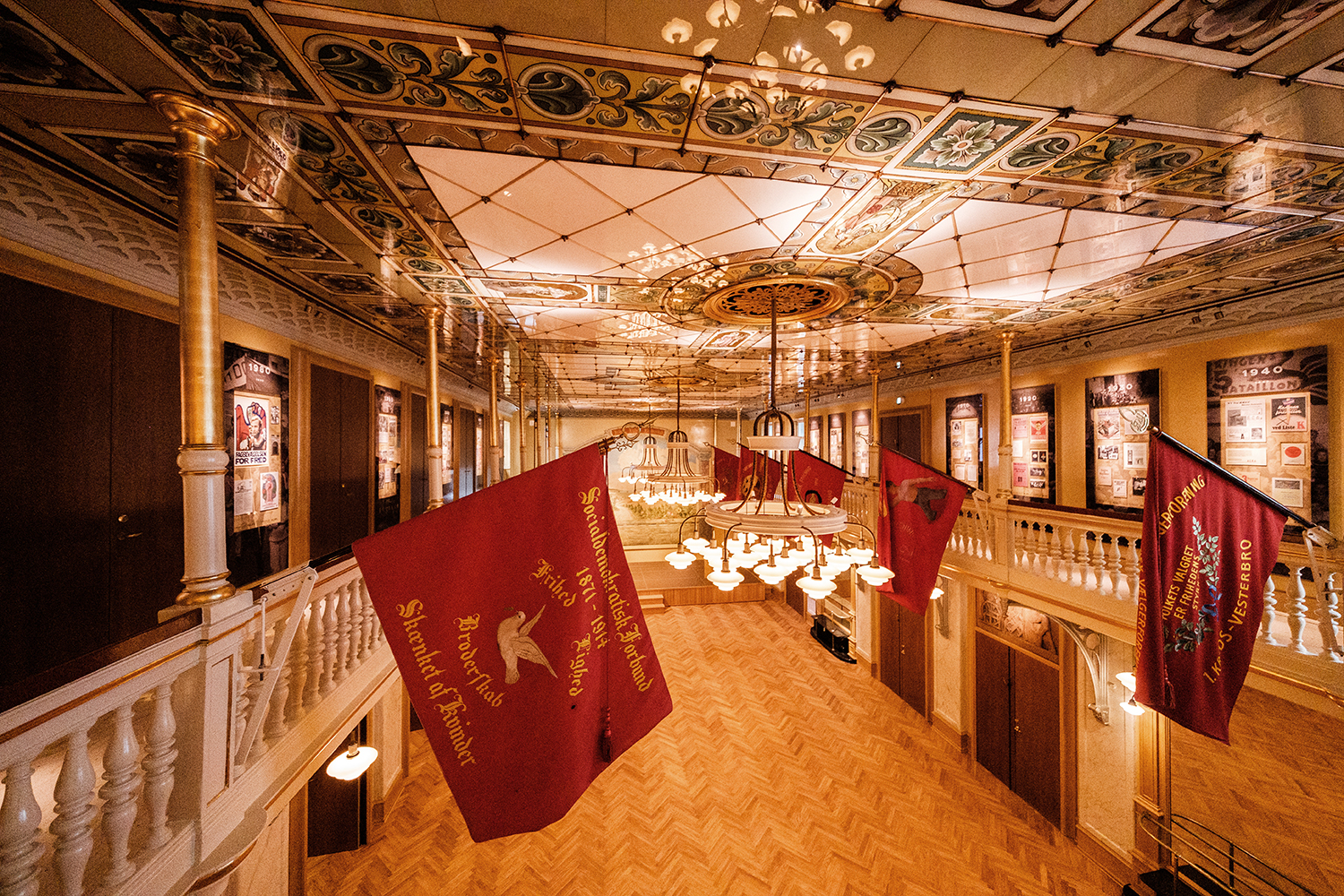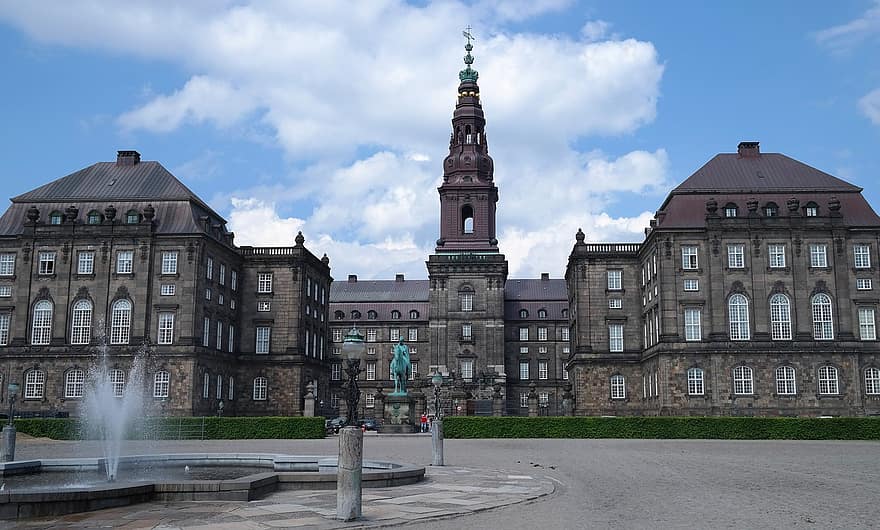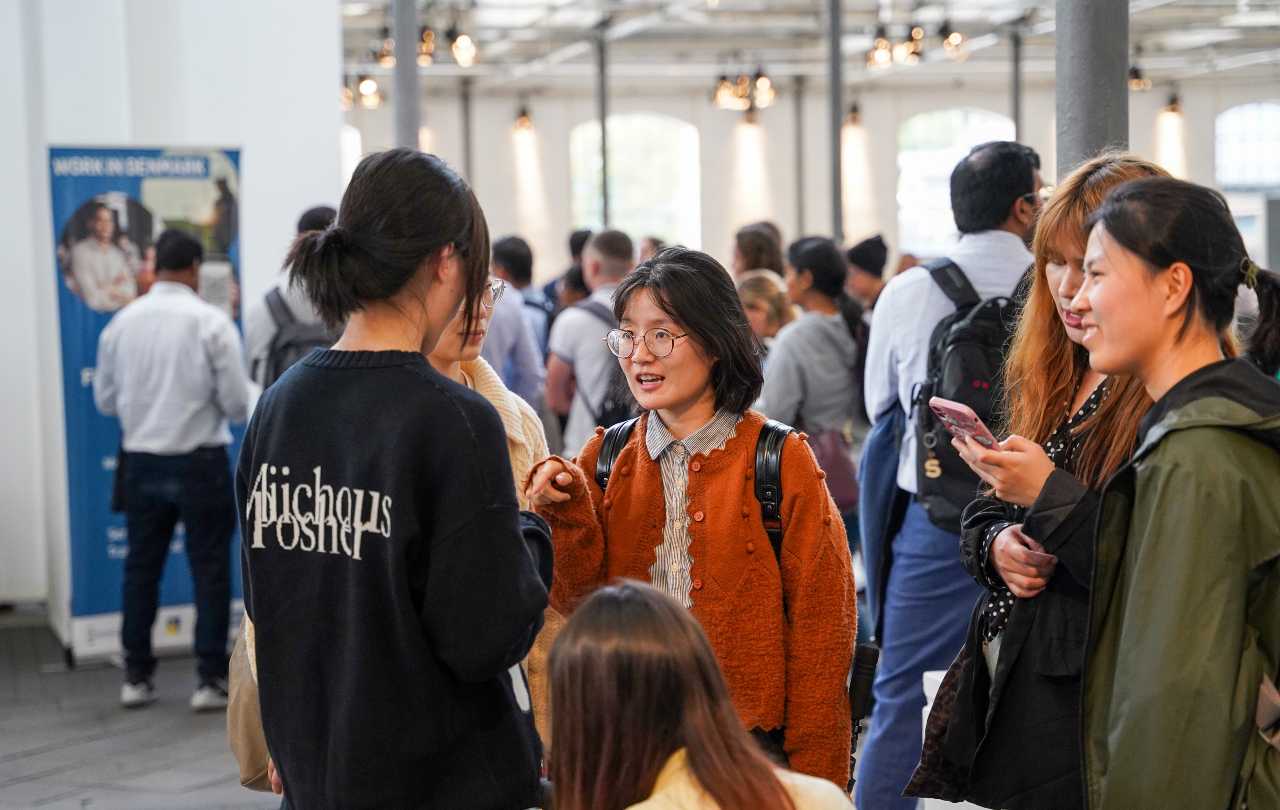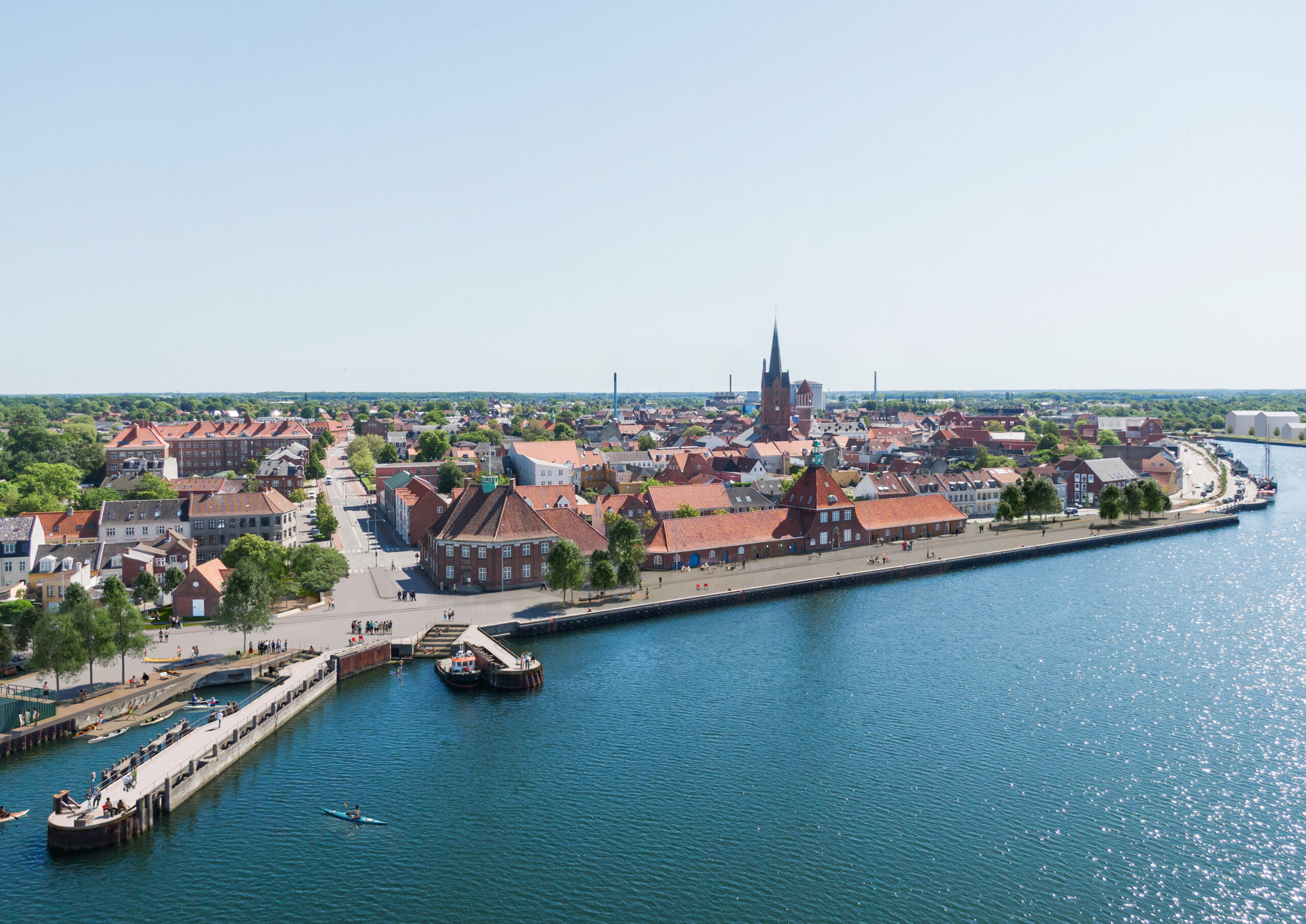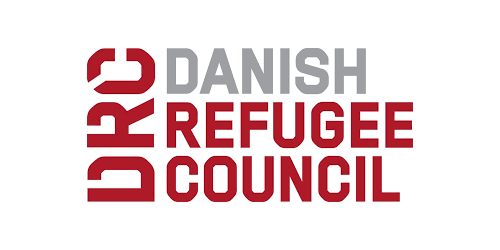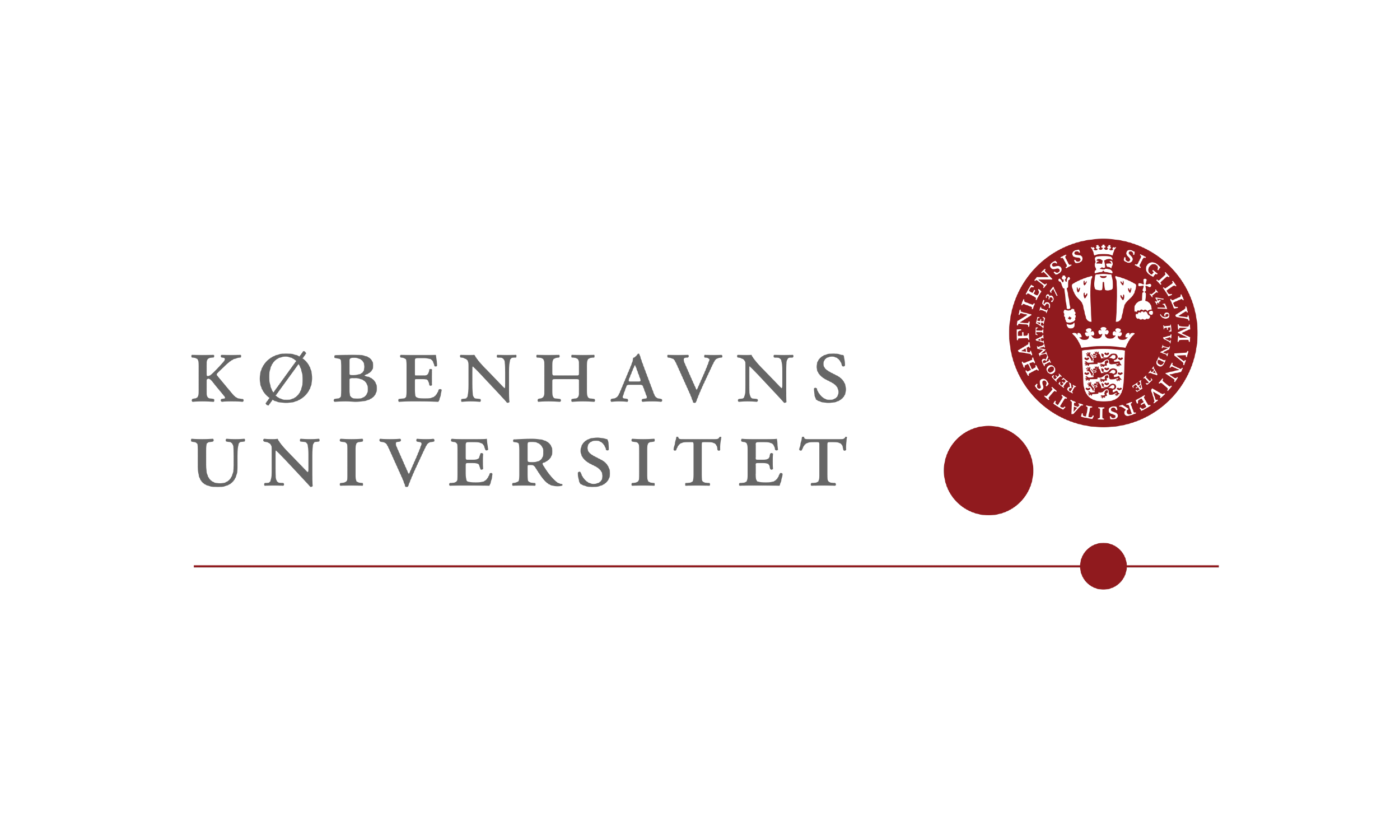Spring is here. At least that’s what most Danes would like you to think. No matter what the thermometer says, Danes will tell you that spring begins in March including all things normally associated with spring like long evenings outside with almost no clothes on.
If you think about it, the Danes’ infatuation with the season makes a lot of sense. Autumn and especially December has its charms with lots of candles and “hygge.”
It’s almost possible to convince yourself that wind and rain are actually quite alright because they’re just another excuse to stay home with a good book under the covers.
But come January and February it begins to make sense that while Danes are the happiest people on earth, they also have one of the highest suicide rates.
Bikes and shorts
While most Danes will try to convince you that life starts anew once the calendar says March, to me that’s the beginning of the season I dread the most.
It all begins with the first few live-life-to-the-edge-wannabes that decide to put on shorts while racing through the city on their bikes.
Sure, the sensation of fresh air on your skin can be amazing (at least on a not-so-windy day). But what they forget is that once the sun goes down or is hidden by clouds, the temperature suddenly drops to close to zero degrees.
Ill-tidings
It’s that drop that makes you freeze and before you know it, you’re at home in bed with tea and honey and a thick scarf around your neck, trying to fight a cold.
Even if you have been living sensibly and keeping warm, there’s always some young know-it-all who comes down with a cold because they were overly optimistic about the Danish spring and suddenly the entire workplace is calling in sick.
Another downside to people getting out their summer clothes is their winter appearance.
Magazines will go on and on about how to get your feet ready to stick into sandals, yet no one seems to actually read them.
Instead of nicely pedicured feet you get to look at a pair that have spent the past six months in heavy winter boots and bear the clearly visible signs of it.
Colour palette
The Danish winter “tan” is also something to dread. Skin that hasn’t seen the sun for six months or more is suddenly visible everywhere, forcing you to put on your sunglasses even inside because the reflection of whiter than white hurts your eyes.
I’m not asking anyone to risk skin damage in a tanning bed, but a couple of drops of self tanner haven’t killed anyone.
If it were just a couple of days of white skin and then directly on to a nice golden colour it might even be ok.
But after the period of white come months of red. Just like Danes overestimate how warm the sun’s rays are, they overestimate how much sun their skin can take, making it look like Copenhagen is inhabited by lobsters from around May to June.
Which brings me back to autumn and why that is actually my favourite season. It has “hygge,” candles and thick sweaters. What’s not to love?

